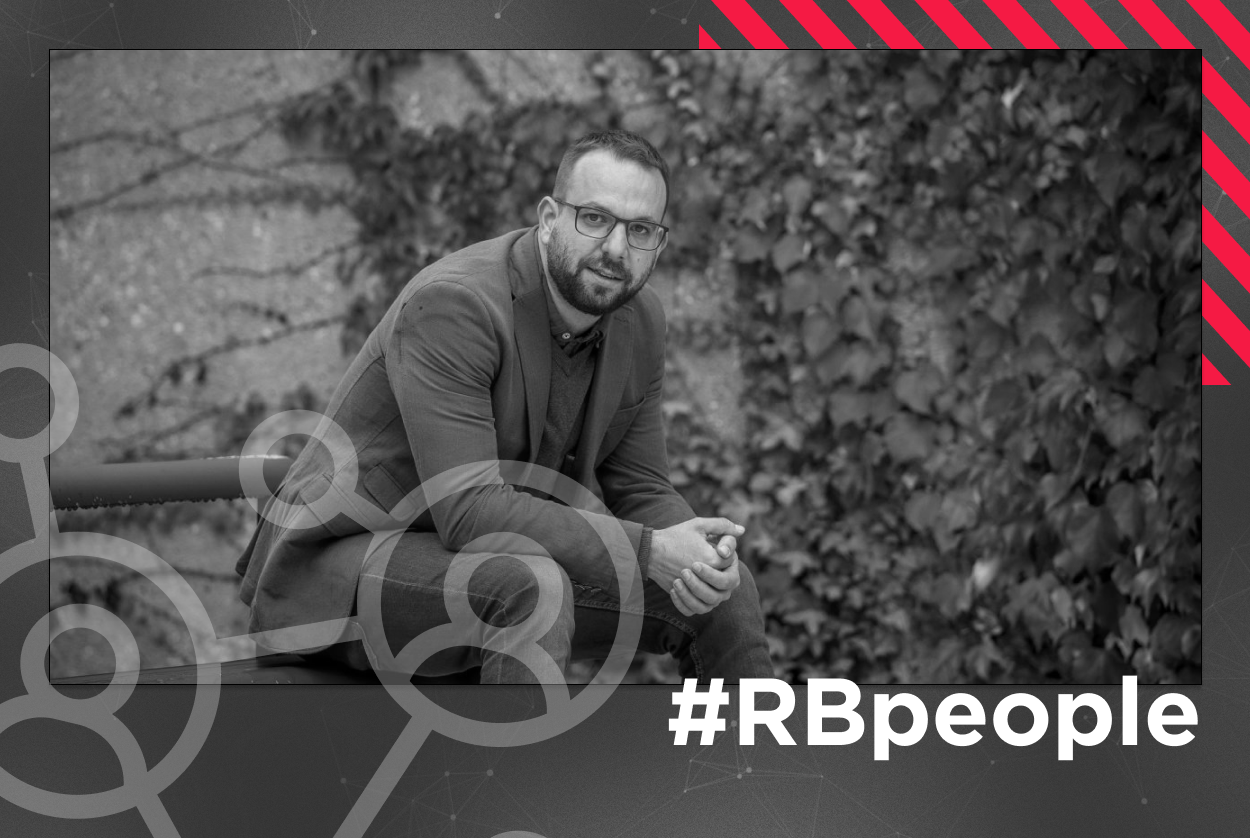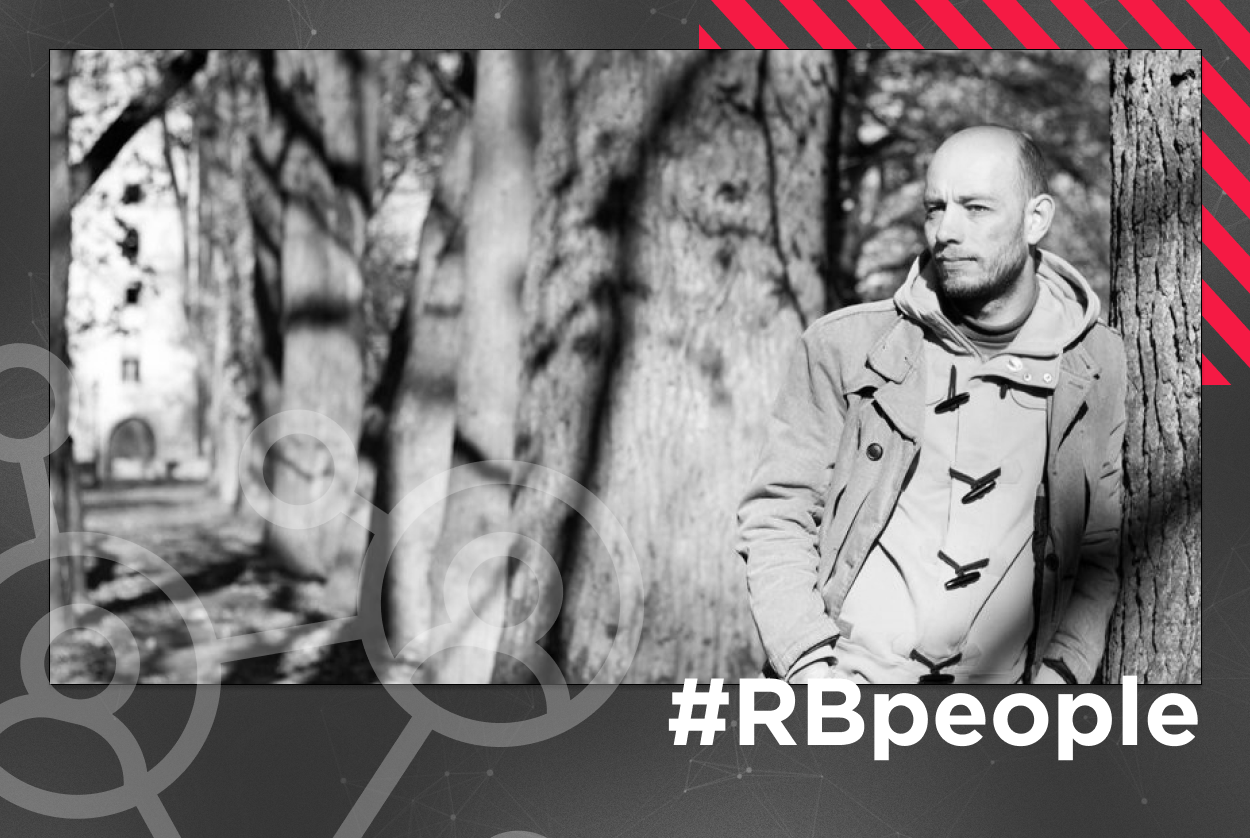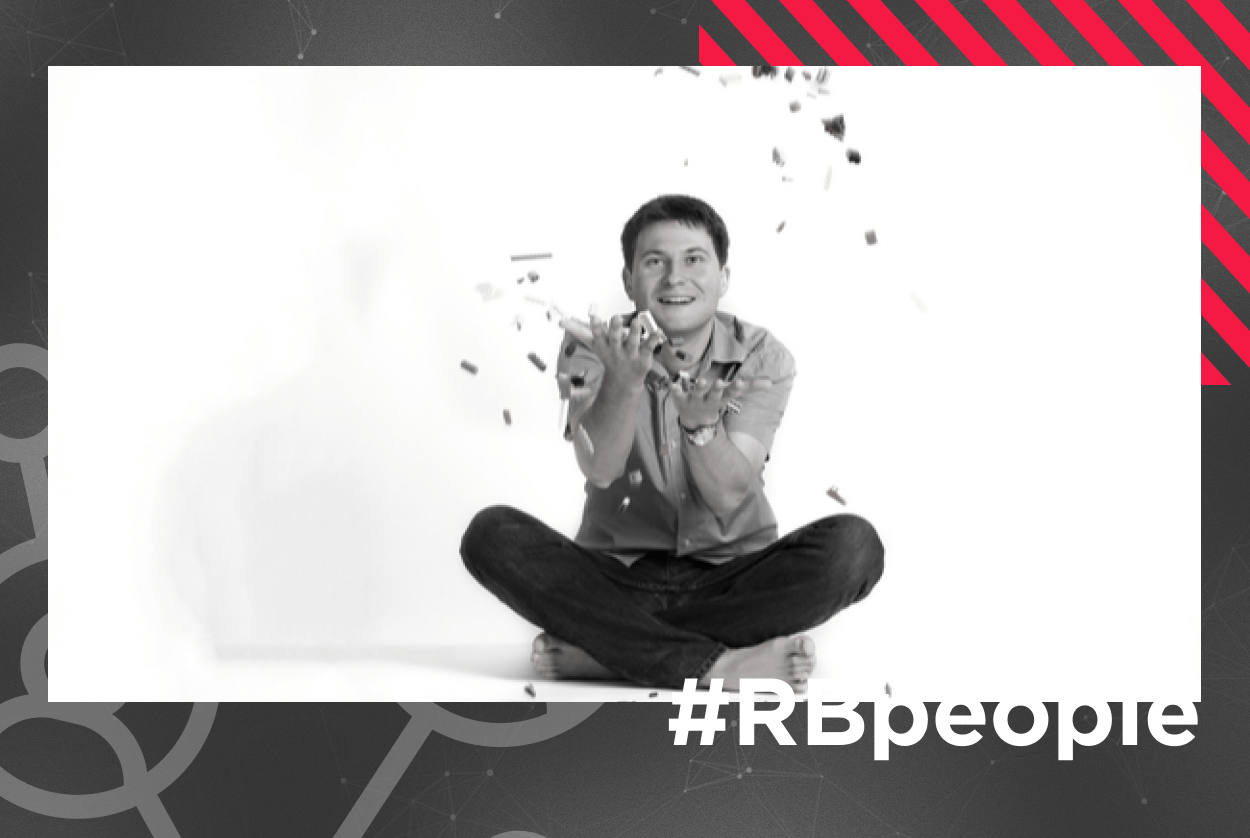The Role of a Leader in Agile Organization
We defined different culture levels and link to our inner beliefs we all carry with us in the previous article. Now we deal with a question: what is the role of a leader in the Agile organization? Who is actually the leader? Agile Coach? Product Owner? Tribe Leader?

Logan defines Tribe Leaders as people who focus their efforts on upgrading the tribal culture. S/he speaks the language of each level in order to motivate them and look for ways to progress to another level until they reach stable level 4.
According to Logan’s definition, Agile leadership aims to upgrade the organisational culture to the stable level 4, Agile values and principles. The rituals, ceremonies, techniques, meetings are here to support the transformation. If, for example, the team level 2 (I can’t do anything, I’m a victim) is afraid of Agile (see the example about self-management), the task of the leader is to gradually bring the team and its members to level 3 (self-confidence) and 4 (partnership). How?
The Product Owner (PO) expresses their attitude towards clients and open communication towards the team. By creating a partner relationship (rather than hierarchical) between themselves and the team and between the team and clients.
For example, the PO should not criticize the team in retrospect for doing something stupid or for not doing it differently. I once heard a PO say retrospectively, “You should be more Agile” — ha!
The PO should instead clearly articulate what they need and why. What impact does it have on the product, clients, the company. Transfer the experience of meeting with clients to the entire team. Draw the team into experiments by introducing Dual track (providing innovation and verification to deliver a stable product), furthermore explaining, not lecturing, why MVP (Minimum Valuable Product) is acceptable or not.
Acceptance and feedback during the review is not a demonstration of the Ego of level 3, alias “I” — I’m the master here and will decide what’s good and what’s not. Getting to level 4 is about moving away from assessing and expressing your own opinion towards transpersonal identification, what has what impact on clients, product, our mutual business. The PO is the “channel” for conveying the experience of clients. The PO and team are in the same “partner” boat.
The Tribe Leader (or B-1) leads the entire tribe towards these values. They reflect the opinion of all members, connect everyone in the tribe by, e.g. creating space for sharing via tribal-wide retrospectives or regular Show&Tells. The door of the tribe leader is always physically and mentally open to anyone from the tribe and outside it. They build partner relationships with other Tribe Leaders. They have themes common to all the tribes on the cross-tribe Kanban board. As the head of the entire system/tribe, the Tribe Leader plays the key role of the person whose behavior and unwitting intentions set the standard for the entire tribe. What they say to the members of the tribe is not important; important is the truthfulness of the intention, attitude and core beliefs that lie in the background of what they say. “Am I doing this for the good of the whole tribe or for my own benefit?”
And how about the Agile Coaches? They name the current values and beliefs during retrospectives and the gap between them and level 4, e.g. by using coaching tools or techniques such as Mountains&Valleys. They create a safe environment for moving to higher cultural levels. They provide adjusting mirror whenever team demonstrates behavior against the values. They use e.g. Situation-Behavior-Impact way of providing feedback — “Don’t criticize the PO, don’t tell them what they should or should not do when it bothers you that they do the same thing. Say what impact it has on you and what you need from them.” It is partner level communication of the level 4.
To achieve stabilization at level 3 i.e. the self-confidence of individual members and so avoid the fears of being excluded from the whole (see the story of the hockey player), they explicitly point out the contribution of individual members even in the case of fuckups: “We all learn our form of Agile on the go. Problems exist and always will. Making a mistake is OK. We’re in this thing together. It helps the team next time when you ask for help. It’s OK. We all need it. You’re a valuable member, look at this feedback here. Thank God you’re on the team!” This encourages others to learn to express their own support in addition to constant criticism.
The key moments technique
The next article will describe one of the techniques to upgrade team culture to level 4. The technique assists the team to consciously deal with various situations that might be source of hidden friction inside the team; eventually to name current values and potential gaps between them and level 4.
Zaujal vás text? Jeho původní verzi najdete na blogu RainFellows.






